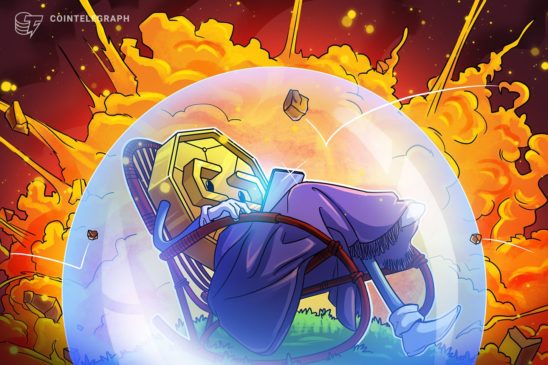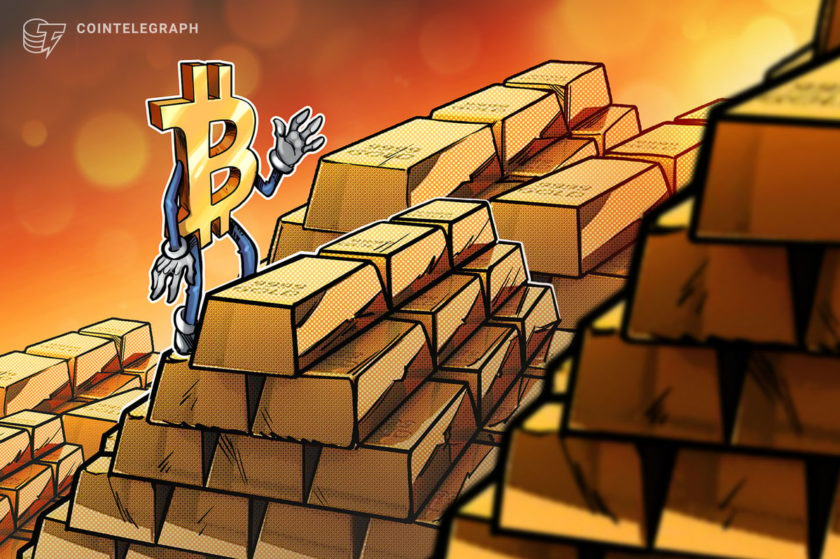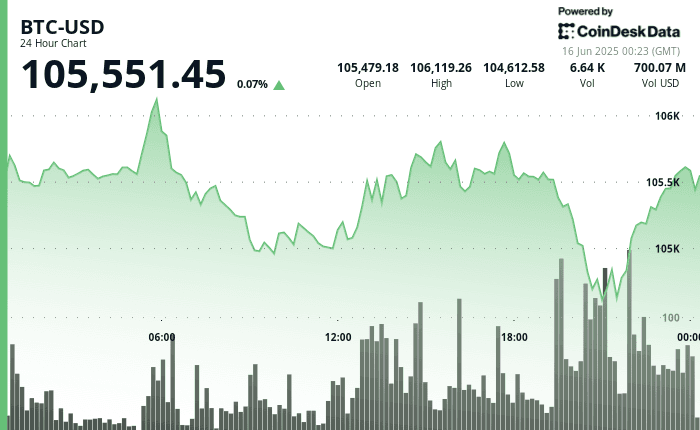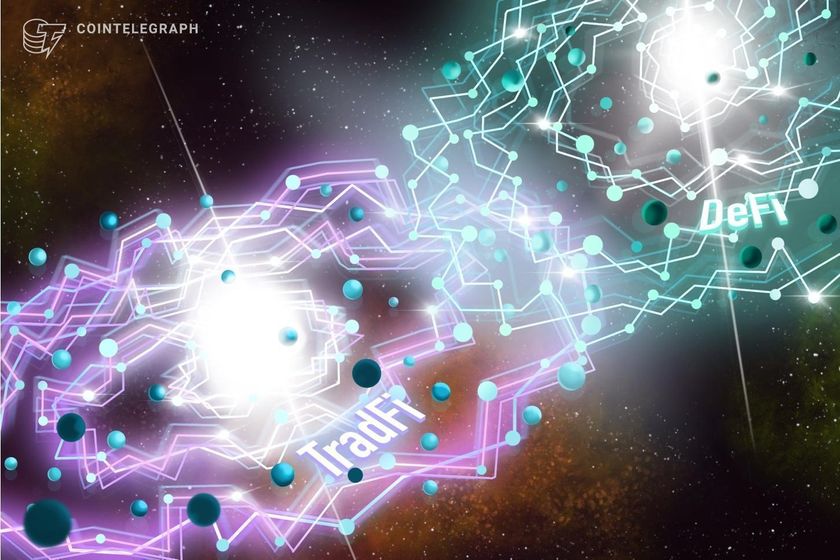The original MakerDAO (MKR) protocol shut down on May 12 at 4 PM UTC after an expedited shutdown procedure was initiated as a result of the Black Thursday events.
With Single Collateral DAI, or Sai, only Ethereum (ETH) was usable as collateral for the lending platform. The upgrade to Multi Collateral DAI, which was launched in November, required a complete replacement of all previously launched smart contracts. While Basic Attention Token (BAT) was added as an option, ETH was still the primary collateral choice.
Migration from the old Maker was strongly encouraged but not compulsory. This however changed as the Maker project enacted a set of extraordinary measures in response to the Black Thursday incident on March 12, which left the protocol undercapitalized.
While about 90% of Sai was quickly converted into Dai, approximately $10 million remained in circulation, posing risks to the protocol. As previously reported by Cointelegraph, the primary reason for the undercapitalization incident was a lack of liquidity during collateral auctions.
Since liquidity on Sai is even lower, and it cannot benefit from emergency measures like the introduction of USDC collateral, the community initiated a multi-step process to terminate Sai.
Beginning on April 24, a grace period ending on May 11 was introduced. The stability fee — Maker’s interest rate analogue — was waived to encourage Sai holders to migrate.
On May 12, Sai was officially shut down. Its holders are still able to redeem the stablecoin for Dai, as well as their ETH collateral.
No more purist stablecoins?
The decision to add USDC was somewhat controversial due to its status as a centrally-held stablecoin.
Despite these concerns, a decision to include Wrapped Bitcoin (wBTC) as the fourth collateral form was locked in on May 2. As Cointelegraph previously reported, wBTC makes use of a custodial and centralized bridge to bring a Bitcoin-pegged token on Ethereum.
While the token is seeing widespread use in decentralized finance (DeFi), many criticized this decision.
Nic Carter, co-founder of Coinmetrics, said to be “genuinely confused” by this decision, as it reintroduces financial system risk into what was considered an independent stablecoin alternative.
As pseudonymous crypto analyst, Hasu, tweeted, the Sai shutdown leaves “room for a purist competitor to emerge.”
This competitor may be Synthetix with its sUSD token, which is only backed by decentralized cryptocurrencies. A Synthetix investor, Michael Anderson from Framework Ventures, noted to Cointelegraph that it is “the only truly decentralized stablecoin remaining on the market.”
The Maker community, on the other hand, is largely unimpressed by Synthetix. Some criticized it for having a much weaker peg between collateral and synthetic assets, claiming that is supported by “thoughts and prayers.” Concerns about admin access to smart contracts were also levied.
Rune Christensen, Maker’s co-founder, never shied away from saying that centralized collateral has its place on the platform, noting to Cointelegraph that it presents a different risk profile.
He sees the combination of both centralized and decentralized collateral as a way of balancing between the risks of custody and volatility.
However, some in the Maker community pointed out that wBTC satisfies neither of those, as it combines both the volatility of crypto and the custodial risk of a traditional stablecoin.




